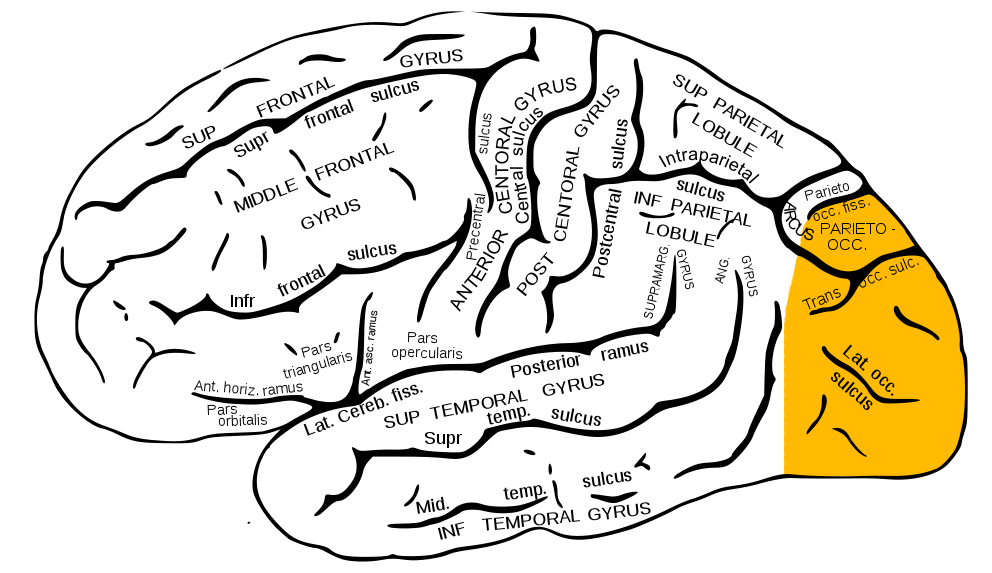

- Overview
- Log In For Videos
- Give Feedback
- Seizure Classification
- Unknown Onset Seizure
- Neonatal Seizure
- Epilepsy Classification
- Generalized Epilepsy
- Focal Epilepsy
- Generalized and Focal Epilepsy
- Unknown Epilepsy
- Epilepsy Syndromes
- Epilepsy Etiologies
- Metabolic Etiologies
- Immune Etiologies
- Infectious Etiologies
- Unknown Etiologies
- Encephalopathy
- Epilepsy imitators
OCCIPITAL LOBE SEIZURE

Overview
Seizures arising in the occipital lobe are characterized by focal sensory visual seizures that are subjective experiences, leading to difficulty in diagnosis in young children. Oculomotor features may also occur such as forced eye closure, eyelid fluttering, eye deviation and nystagmus. There is often involvement of other lobes as the seizure spreads.
Sub-types of occipital lobe seizures
- Primary visual cortex
Seizures in this area result in focal sensory visual seizures, these may be positive visual phenomena (typically multi-colored shapes such as circles, flashes), or negative phenomena such as loss of a part of a visual field or blindness (amaurosis). Bilateral loss of vision may occur and this may be in the form of a black-out or a white-out. More complex formed visual images, considered focal cognitive seizures, are not seen in seizures arising in this area. The visual phenomenon is seen in the contralateral visual field to the hemisphere of seizure onset. If positive visual phenomena occur in a part of the visual field, the person may be seen to look in that direction during the seizure. It can be helpful to ask a young child to draw what they see during their seizure. Focal visual sensory seizures are usually brief (< 2 minutes) which can assist in distinguishing them from migraine aura (5-15 minutes).
- Extra-striate cortex
Seizures in this area are associated with more complex formed visual hallucinations such as pictures of people, animals or scenes. These are considered focal cognitive seizures
- Parieto-occipital junction
Epileptic nystagmus may be seen. If nystagmus is seen, this is typically with the fast component to the side contralateral to the hemisphere of seizure onset and the slow component returning to the ipsilateral side. Eye movements typically occur with retained awareness, and may be accompanied by head or trunk version. There may also be eyelid flutter or forced eyelid closure.
- Inferior to the calcarine fissure
Occipital seizures arising in this area tend to spread to the temporal lobe producing a focal impaired awareness seizure.
- Superior to the calcarine fissure
Occipital seizures arising in this area can spread to the parietal lobe, fronto-parietal operculum or frontal lobes. Focal atonic motor seizures can occur if the seizure spreads rapidly to frontal regions.